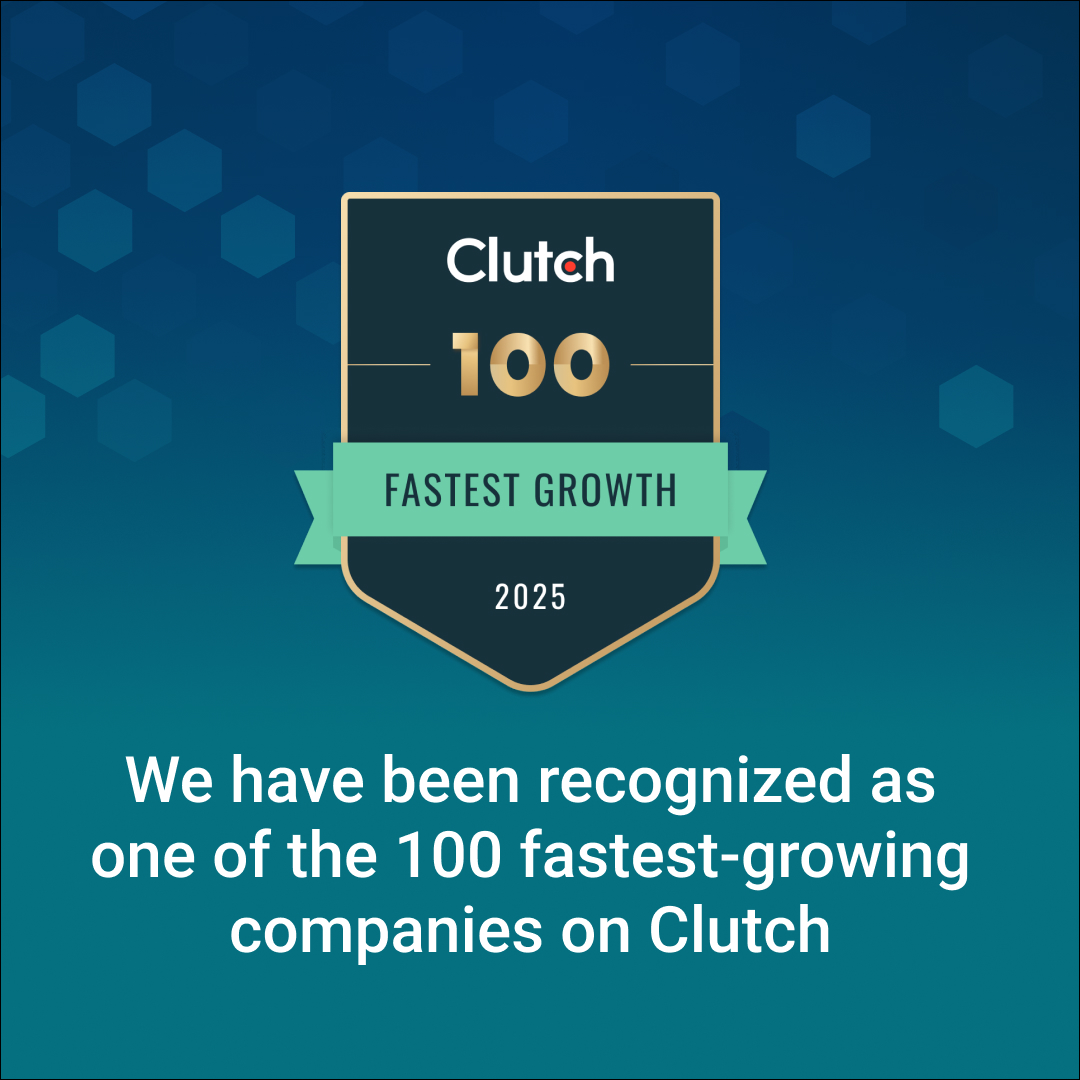Introduction
Most SMEs budget for AI like they’re buying software—one price, done deal. But here’s the reality: ongoing costs often exceed initial development for most enterprise AI initiatives. That $50,000 AI project? It’ll actually cost you closer to $200,000 by year five.
The problem isn’t dishonest vendors (well, mostly). It’s that AI implementation resembles adopting a new employee more than installing software. You need training, ongoing support, regular updates, and infrastructure that grows with your business. Businesses routinely underestimate AI project costs by 500% to 1000% when scaling from pilot to production when focusing solely on development expenses.
I’ll break down exactly where your money goes across five years, reveal the hidden costs vendors don’t mention upfront, and show you how to budget realistically for AI success. Based on data from authoritative industry sources and SmartDev’s experience with over 300 SME implementations, this analysis covers everything from year-one development to year-five optimization costs.
Most SMEs Spend $200,000-$500,000 on AI Over Five Years
Small and medium enterprises typically invest between $200,000-$500,000 implementing generative AI over five years, with 60% of costs arising from maintenance, training, and scaling rather than initial development. The biggest surprise? Year-three scaling costs often exceed year-one development expenses.
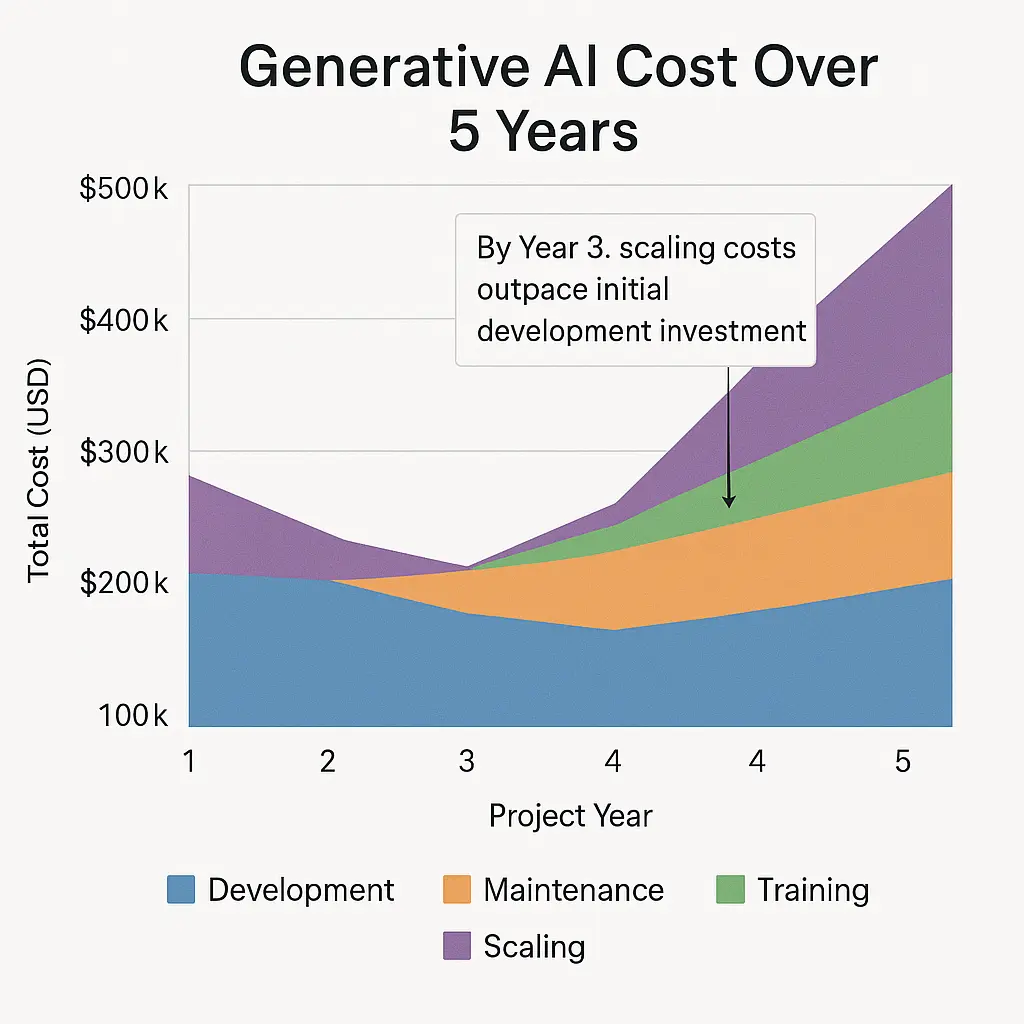
Fig.1 Cost distribution across 5 years with initial vs. ongoing cost breakdown
Year 1: Development and Setup Costs Hit $50,000-$100,000
Year one costs range from $50,000-$100,000 for most SME AI implementations. This includes development, infrastructure setup, security compliance, and initial training—but here’s where most budgets go wrong.
Development Takes the Biggest Chunk
Custom generative AI development for SMEs averages $30,000-$80,000, depending on project complexity. Simple chatbots or document processing systems land on the lower end, while complex multi-model integrations with custom workflows push toward the higher range. You’re not just paying for code—you’re funding API development, user interface design, data pipeline creation, and extensive testing phases.
Third-party platform licensing adds another layer. AI platforms like OpenAI GPT-4, Anthropic Claude, or Google PaLM charge based on token usage and API calls. A moderate SME processing 10,000 customer queries monthly might spend $800-$1,200 monthly just on platform costs—that’s $10,000-$15,000 in year one.
Infrastructure Hits Harder Than Expected
Cloud infrastructure for AI workloads can range from $30,000 to $80,000 annually for SMEs, with GPU-accelerated instances and high-memory configurations driving costs significantly higher than standard web applications. That translates to $800-$10,000+ per month depending on workload size and optimization.
Security compliance and data protection increases initial deployment expenses by 15-25%, covering encryption protocols, access controls, audit trails, and regulatory compliance frameworks. Skip this, and you’re looking at potential data breach penalties that dwarf your entire AI budget.
Training Costs Get Underestimated
Staff training and change management consume $8,000-$20,000 in the first year, covering technical training, workflow redesign, and user adoption programs. As Nguyen Le, COO at SmartDev, notes: “A robust cloud and compliance setup is critical, as even minor gaps lead to data breaches or noncompliance penalties.”
Case Study (reported by SmartDev): A fintech SME adopting AI integration reported 20% budget overrun due to GDPR-compliant security measures and high-performance cloud requirements in 2024. Their initial $75,000 budget became $90,000 after implementing proper encryption and audit capabilities.
Years 2-3: Scaling Costs Often Exceed Initial Development
Years 2-3 represent the most expensive phase of AI implementation, often exceeding year-one costs. Most SMEs expect declining expenses after launch, but optimization and scaling demands typically require $40,000-$70,000 annually.
Maintenance Becomes a Major Expense Category
Ongoing maintenance and retraining for generative AI projects typically costs $5,000–$50,000 per year, averaging $15,000-$25,000 per year for bug fixes, performance optimization, security patches, and compatibility updates. AI platforms evolve rapidly—what worked in January might break by June without ongoing maintenance.
Model retraining and fine-tuning add another $5,000-$12,000 per year to maintain accuracy and relevance. Your AI model degrades over time as business data grows and requirements evolve. Without regular retraining, you’ll watch performance drop 20-40% annually.
Scaling Costs Escalate Quickly
Feature expansion and user growth investments reach $20,000-$40,000 in years 2-3 as organizations add new use cases, integrate additional systems, and support growing user bases. Infrastructure costs increase by 40-80% due to expanding usage and data volumes.
Training becomes an ongoing expense rather than a one-time cost. Ongoing training and skill development costs $3,000-$8,000 annually per key team member as AI capabilities evolve. As Luan Nguyen, General Director at SmartDev, explains: “Ongoing AI improvement isn’t optional. Continuous retraining is vital to keeping models both secure and relevant.”
Case Study (reported by SmartDev): A logistics SME using AI saw maintenance and scaling spend rise 65% in year 3 after expanding automated dispatch and integrating new ERP features. Their $45,000 year-two budget jumped to $74,000 in year three due to system expansion and increased processing volumes.
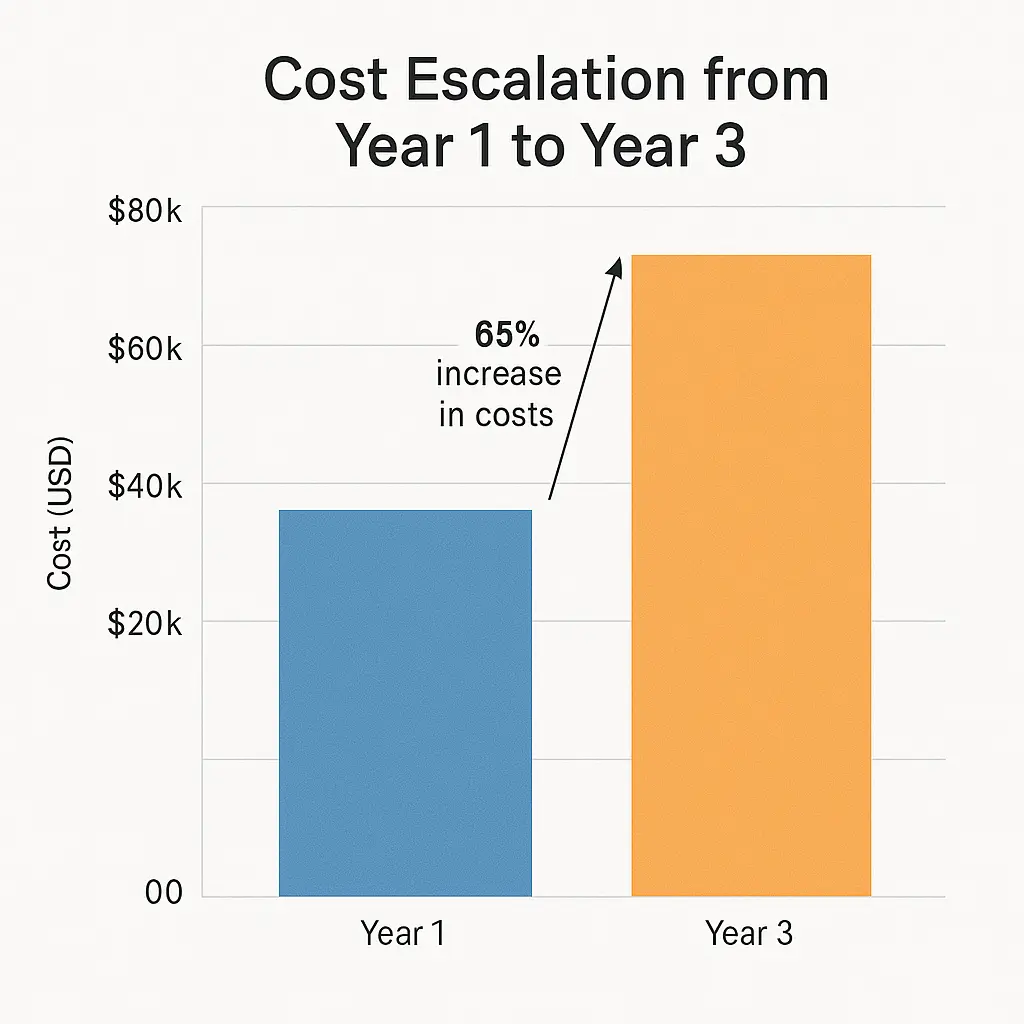
Fig.2 Typical cost escalation from year 1 to year 3
The reality check: 77% of organizations surveyed in 2024 use AI in some capacity, with scaling costs often cited as the top unforeseen expense after initial rollout.
Years 4-5: Platform Updates and Competitive Maintenance Take Priority
Years 4-5 shift focus from growth to optimization and competitive maintenance. While costs stabilize compared to the scaling phase, new categories emerge that catch SMEs off-guard.
Technology Refresh Becomes Necessary
Platform updates and technology refreshes require $15,000-$35,000 as AI platforms evolve and business requirements change. Staying current with latest capabilities often necessitates architectural changes and migration efforts. The AI landscape moves fast—yesterday’s cutting-edge becomes tomorrow’s legacy system.
Integration complexity increases annual operational costs by 25-40% as business systems expand and interconnect. Mature AI implementations require sophisticated data orchestration and workflow management capabilities that weren’t necessary during simpler early deployments.
Advanced Analytics Become Essential
Performance monitoring and advanced analytics tools add $2,000-$5,000 per year but can improve ROI by 30-50% through actionable insights. Without proper monitoring, you’re flying blind on AI performance and business impact.
Competitive advantage maintenance requires $10,000-$25,000 annually for capability enhancement. As AI becomes commoditized, sustained differentiation demands ongoing feature development and innovation investments.
Ha Nguyen Ngoc, Marketing Director at SmartDev, observes: “Legacy upgrades and analytics are recurring expenses, but without them, SMEs risk being outpaced in efficiency and compliance.”
Case Study (reported by SmartDev): A healthcare SME integrated AI analytics modules in year 4, investing $28,000 in new monitoring capabilities—resulting in 48% faster response times and 32% improved patient outcomes. The investment paid for itself within eight months through improved operational efficiency.
Ready to make your AI implementation cost-effective and scalable?
Partner with SmartDev’s AI experts to design, deploy, and maintain efficient, compliant, and future-ready AI systems tailored for your business.
Optimize long-term ROI, cut operational overhead, and scale confidently with our AI-powered delivery model.
Start My Cost-Optimized AI ProjectHidden Expenses That Destroy AI Budgets
Data Management: The Biggest Hidden Cost
Data management represents the biggest hidden cost category. Data preparation, data quality, and governance are often underestimated, with cleaning and labeling taking 2-3× more effort than initially planned.
Most SMEs assume their existing data is “AI-ready.” Wrong. Data cleaning, normalization, and quality assurance often consume more resources than the AI development itself. You’ll spend months identifying inconsistencies, filling gaps, and establishing governance frameworks before your AI can deliver meaningful results.
Data governance and compliance costs average $5,000-$15,000 yearly for SMEs managing sensitive data. Regulatory requirements and privacy protection add ongoing operational expenses that are often excluded from initial budgets but become non-negotiable once you’re handling customer data.
Change Management Compounds Rapidly
Productivity loss during adoption averages 15-25% for 3-6 months as teams adjust to AI-powered workflows. This temporary performance reduction represents significant hidden costs in lost efficiency and output. User resistance may double training costs if not properly managed from project inception.
Technical Debt Accumulates Silently
Legacy system integration increases base costs by 30-50% due to technical complexity. Older business systems often require extensive modification or replacement to work effectively with modern AI platforms. Technical debt can increase maintenance costs by 40-80% over five years if ignored. Rushed implementations or shortcuts create long-term expenses that compound annually.
Nguyen Le, COO at SmartDev, emphasizes: “AI is only as good as the data that fuels it. Investing in proper governance saves costs and headaches in the long run.”
Case Study (reported by SmartDev): A manufacturing SME spent $18,000 extra in year 2 retraining staff after initial AI adoption stalled on legacy workflows, reflecting the high cost of inadequate change management planning.
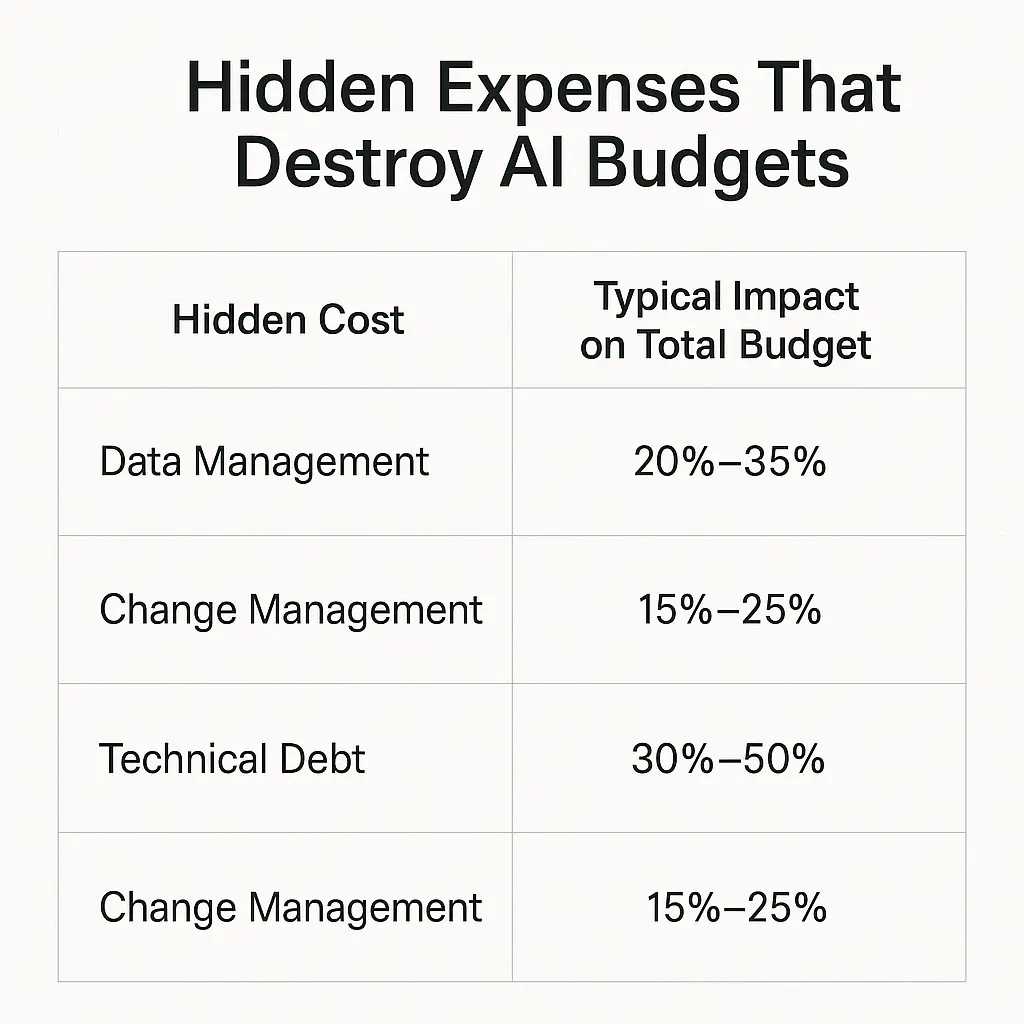
Fig.3 Common hidden costs and their typical impact on total budget
ROI Timeline: When SMEs Actually Break Even
Most SMEs achieve break-even between months 18-30, with accelerating returns in years 3-5. But here’s the catch: 42% of digital transformation projects fail to achieve expected outcomes due to poor planning or execution.
According to McKinsey analysis, ROI often exceeds 100% over five years for successful implementations through productivity gains, cost reductions, and new revenue opportunities. The key word is “successful”—which requires realistic budgeting and sustained investment through the learning curve.
The ROI Timeline Breaks Down Predictably
- Months 1-12: Learning phase with negative ROI due to implementation costs and productivity dips
- Months 13-24: Break-even period as teams adapt and initial efficiencies emerge
- Months 25-36: Positive ROI acceleration through optimized workflows and expanded use cases
- Years 4-5: Compound returns through competitive advantages and new capability development
IDC reports average enterprise break-even for AI projects at 1.2–3 years, varying by complexity, sector, and data quality.
Financial planning reality: SMEs should budget 150-200% of initial development costs for comprehensive five-year AI implementation. This conservative approach accounts for hidden expenses and provides flexibility for unexpected challenges or opportunities.
Alistair Copeland, CEO at SmartDev, notes: “The greatest ROI comes from phased adoption, ongoing optimization, and realistic budget planning that accounts for hidden costs.”
Case Study (reported by SmartDev): A fintech SME using a phased strategy hit ROI in 21 months, outperforming peers with a 320% five-year return through operational savings and new revenue streams. Their success came from budgeting 180% of initial estimates and maintaining consistent optimization investments
How to Make AI Implementation More Affordable
Strategic Partnerships Cut Costs Significantly
Working with experienced vendors reduces project costs by 30-40% compared to internal development through specialized expertise and proven methodologies that avoid common pitfalls.
Offshoring can save 40–60% according to industry surveys, with some providers reporting up to 70% savings in specific projects. Countries like Vietnam provide skilled AI developers at competitive rates with strong English communication skills. SmartDev’s Swiss-managed, Vietnamese-delivered model exemplifies this approach—combining European quality standards with Asian cost efficiency.
Smart Budget Allocation Strategy
SmartDev’s recommended framework suggests allocating:
- 40% for development
- 35% for operations
- 25% for contingency
This distribution provides a realistic planning framework while maintaining flexibility for unexpected requirements or opportunities.
Phased Implementation Reduces Risk
Starting with pilot projects and scaling gradually helps optimize investments while minimizing waste. Breaking large implementations into phases reduces financial risk while enabling continuous value delivery and refinement.
Alistair Copeland, CEO at SmartDev, explains: “Vietnamese AI teams provide top-tier talent at a fraction of traditional costs, without sacrificing delivery quality or compliance.”
Case Study (reported by SmartDev): A UK-based SME partnered with SmartDev for offshore AI development, reducing costs by 55% and launching ahead of schedule with ISO-compliant deliverables. Their total five-year cost came in at $180,000 versus the $400,000 quoted by domestic providers.
Market Context: Global digital transformation market projected at $1 trillion by 2025, with SMEs increasingly using staged funding and offshore delivery to stay competitive without breaking budgets.
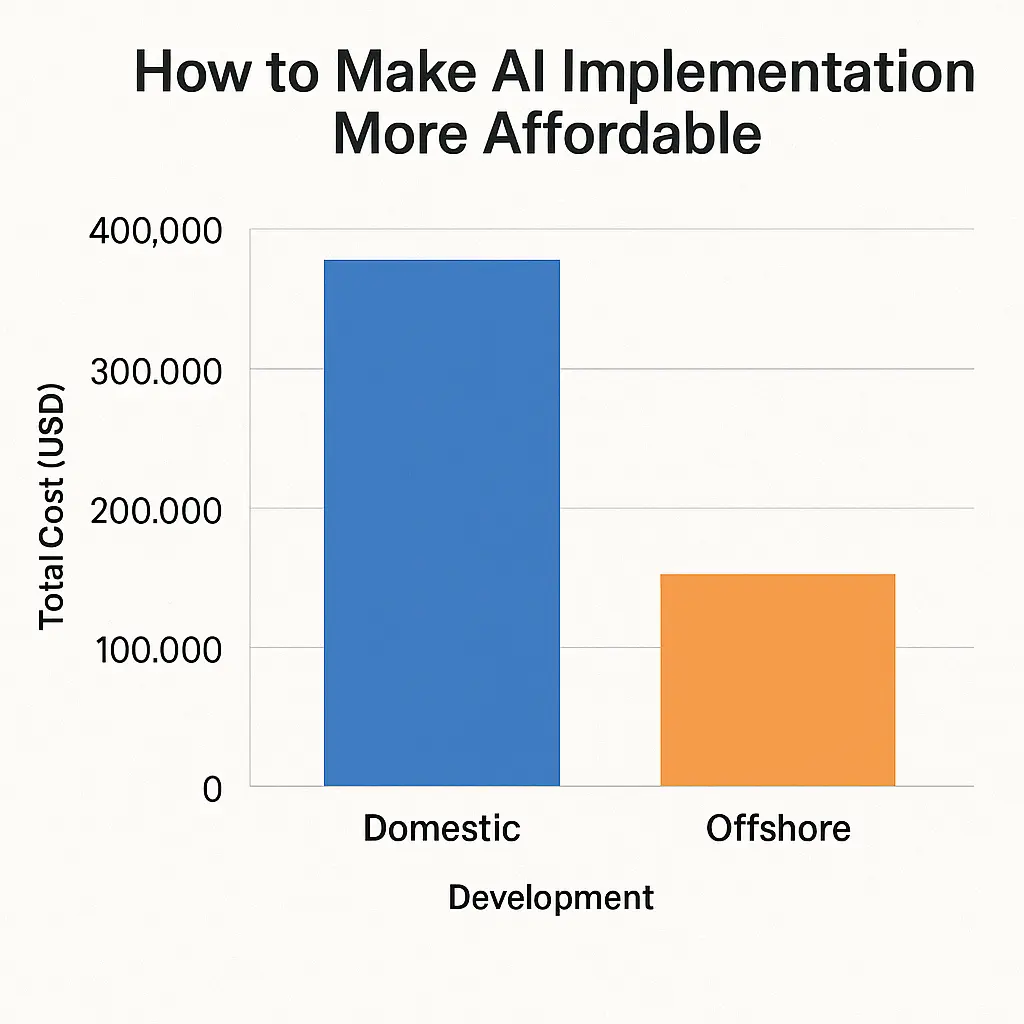
Fig.4 Domestic and offshore development pricing
Planning Your AI Budget: The Reality Check
The bottom line: AI implementation for SMEs requires $200,000-$500,000 over five years, but strategic partnerships and phased approaches can reduce costs by 40-60% while improving success rates. The key is budgeting for the full lifecycle, not just the initial build.
Key takeaways for realistic AI budgeting:
- Plan for ongoing costs to exceed initial development expenses
- Reserve 25% contingency for hidden costs and unexpected requirements
- Consider offshore partnerships to reduce development costs by 40-70%
- Implement in phases to spread costs and reduce risk
- Budget for continuous training, maintenance, and optimization
- Factor in data preparation and change management expenses
Ready to plan your AI implementation with realistic budgets and proven strategies? SmartDev’s AI consulting services help SMEs navigate the complete cost landscape while delivering measurable results within budget constraints.



